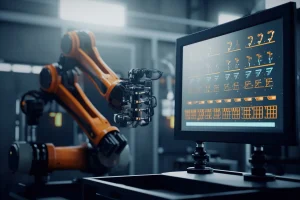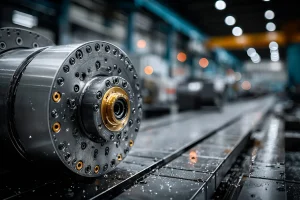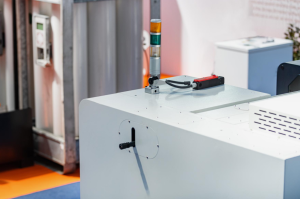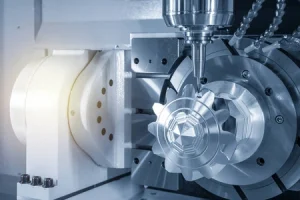In the grand narrative of industrial civilization, those parts that are small, complex in structure, and require high precision often play a pivotal role. They are like invisible gears inside precision watches, inconspicuous, but determine the reliability and performance limits of the entire system. Precision parts manufacturing is such a “micron-level art” that pursues the ultimate in millimeters and builds the cornerstone of industry at the micro scale.
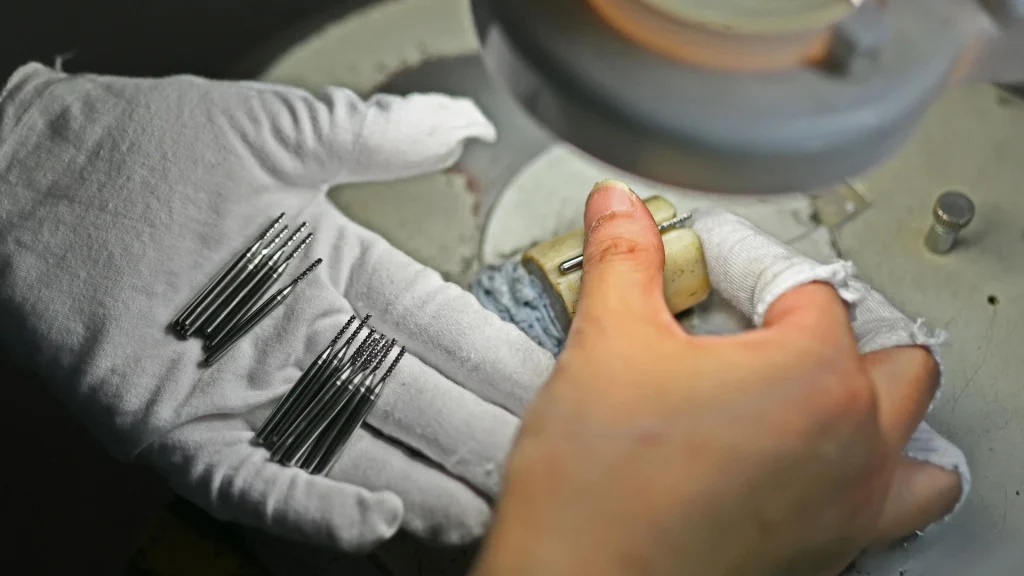
The core challenge of precision manufacturing lies in the almost harsh control of “precision”. This is no easy task, it is an extreme challenge for equipment, process and materials science:
High-end equipment is the cornerstone: Cutting-edge equipment such as five-axis linkage machining centers, slow wire cutting machines, high-precision grinders, and nanoscale measuring instruments are the “paintbrushes” of precision manufacturing. They enable complex surface machining, micron-scale size control, and even nanometer-level surface finishes.
Process control is the soul: Precision manufacturing is a model where “details make or break”. Tool path planning, cutting parameters (speed, feed, depth), coolant selection, temperature and humidity control of the machining environment (within ±0.5°C), vibration isolation…… The slightest deviation in each link can be magnified layer by layer, resulting in the final product being lost.
Material selection is the foundation: In the face of harsh working conditions such as high stress, extreme temperatures, and strong corrosion, special alloys (such as titanium alloys, superalloys), precision ceramics, and high-performance composite materials have become the first choice. The difficult processing characteristics of these materials themselves put forward higher requirements for manufacturing technology.
It is this ultimate pursuit of precision that makes precision parts an indispensable “core engine” in the field of cutting-edge technology:
Life and health guardians: The dimensional accuracy and surface finish of heart stents, artificial joints, and minimally invasive surgical instruments implanted in the human body are directly related to biocompatibility and long-term safety, and tolerances are often required to be controlled at the micron level (such as the wall thickness of the stent is only a few tens of microns).
Wings soaring in the blue sky: Aero engine turbine blades, fuel nozzles, and precision actuators of flight control systems need to maintain structural integrity and stable performance in extreme environments of high temperature, high pressure, and high speed, and their complex internal cooling channels and aerodynamic surface processing accuracy are extremely high.
The pulse of the information age: The manufacturing accuracy of the core optical components of lithography machines, high-end chip packaging substrates, and precision filters and waveguides in 5G communication equipment directly determines the speed and reliability of information transmission. For example, the surface shape error of high-end lithography machines needs to be controlled at the nanometer level.
Explorers of the Microscopic World: Scanning electron microscopes, atomic force microscopes, probes for atomic force microscopes, precision sensor core components, whose tip size may be only nanometers, are the key to unlocking the door to the microscopic world.
With the rapid development of science and technology, the field of precision manufacturing is also undergoing profound changes:
Intelligent Wave: AI-enabled process optimization and predictive maintenance; Online real-time monitoring and closed-loop feedback system ensure that the processing process is stable and controllable. Digital twin technology enables virtual debugging and optimization, reducing trial and error costs.
Composite and Micro-Nano: The integration of additive manufacturing (3D printing) and subtractive manufacturing (such as five-axis machining) opens up new avenues for the fabrication of more complex, lightweight, and functionally integrated precision structures. Micro-nano manufacturing technology continues to challenge physical limits to create smaller functional devices.
Localization breakthrough: In the face of the problem of “bottleneck” of high-end equipment, China’s precision manufacturing enterprises continue to increase R&D investment, and continue to make breakthroughs in the fields of high-end CNC machine tools, precision testing equipment, special processing technology, etc., gradually realize the domestic substitution of key components, and improve the resilience and safety of the industrial chain.
Precision parts manufacturing is the technical pearl of the industrial system pyramid. It is not only a key yardstick to measure the comprehensive strength of a country’s manufacturing industry, but also the core driving force for the development of cutting-edge fields such as aerospace, biomedicine, and information technology. Every small improvement in precision condenses the wisdom of engineers, the persistence of craftsmen and the unremitting pursuit of the ultimate. In the world of microns and even nanometers, precision manufacturing silently shapes our visible and invisible futures.


